


JAPANESE STRATEGY
General Kuribayashi, the Japanese Commander of Iwo Jima, was brilliant.
An aristocrat, he was educated in Canada and toured the US. In Japan, he was one of the few soldiers ever granted an audience by Emperor Hirohito. His preparations, fortifications and strategy were marvels in the history of warfare.
The Japanese strategy was unique for three reasons:
1. The Japanese didn't fight above ground. They fought the battle entirely from beneath the ground. They dug 1,500 rooms into the rock. These were connected with 16 miles of tunnels.
2. Japanese strategy called for "no Japanese survivors." They planned not to survive.
3. Japanese strategy was for each soldier to kill 10 Americans before they themselves are killed.
Both Japan and the US valued the sulfurous island Iwo Jima.
Iwo Jima was Japanese home soil, part of Japan, only 650 miles from Tokyo. It was administered by the Tokyo metropolitan government. No foreign army in Japan's 5000 year history had trod on Japanese soil.
To the US, Iwo Jima's importance lay in its location, midway between Japan and American bomber bases in the Marianas.
Since the summer of 1944, the Japanese home islands had been reeling from strikes by the new, long range B-29's. The US, however, had no protective fighters with enough range to escort the big superfortresses. many bombers fell prey to Japanese fighter-interceptor attacks. Iwo, with its three airfields, was ideally located as a fighter-escort station. It was also an ideal sanctuary for crippled bombers returning from Japan.
In Tokyo months before the invasion, General Kuribayashi had been told "if America's casualties are high enough, Washington will think twice before launching another invasion against Japanese territory."
General Kuribayashi, the Japanese Commander of Iwo Jima, was brilliant.
An aristocrat, he was educated in Canada and toured the US. In Japan, he was one of the few soldiers ever granted an audience by Emperor Hirohito. His preparations, fortifications and strategy were marvels in the history of warfare.
The Japanese strategy was unique for three reasons:
1. The Japanese didn't fight above ground. They fought the battle entirely from beneath the ground. They dug 1,500 rooms into the rock. These were connected with 16 miles of tunnels.
2. Japanese strategy called for "no Japanese survivors." They planned not to survive.
3. Japanese strategy was for each soldier to kill 10 Americans before they themselves are killed.
Both Japan and the US valued the sulfurous island Iwo Jima.
Iwo Jima was Japanese home soil, part of Japan, only 650 miles from Tokyo. It was administered by the Tokyo metropolitan government. No foreign army in Japan's 5000 year history had trod on Japanese soil.
To the US, Iwo Jima's importance lay in its location, midway between Japan and American bomber bases in the Marianas.
Since the summer of 1944, the Japanese home islands had been reeling from strikes by the new, long range B-29's. The US, however, had no protective fighters with enough range to escort the big superfortresses. many bombers fell prey to Japanese fighter-interceptor attacks. Iwo, with its three airfields, was ideally located as a fighter-escort station. It was also an ideal sanctuary for crippled bombers returning from Japan.
In Tokyo months before the invasion, General Kuribayashi had been told "if America's casualties are high enough, Washington will think twice before launching another invasion against Japanese territory."
The Japanese strategy of "no Japanese survivors" is heroic Japanese stance is commonly glorified in Japanese historical novels, plays and movies. It touches at the heart of the Japanese sense of sacrifice of the individual for the greater good.
"You must not expect my survival," General Kuribayashi wrote to his wife long before the invasion came.
General Kuribayashi's command center had 5 ft. thick walls, a 10 ft. thick roof. This cement capsule was under 75 ft. of solid rock.
Source
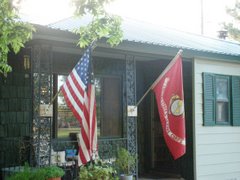
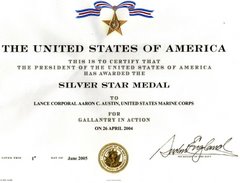
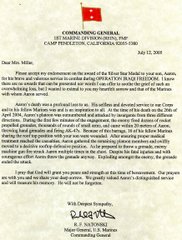
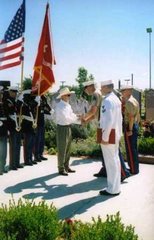


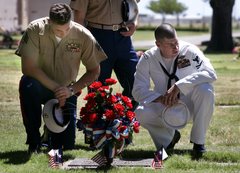

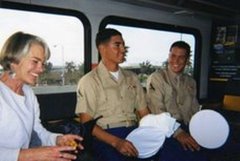

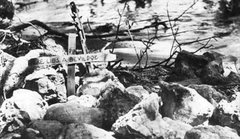


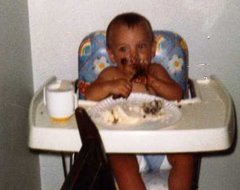


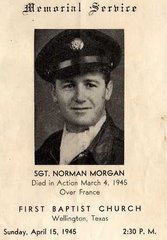
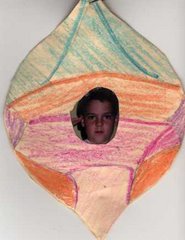

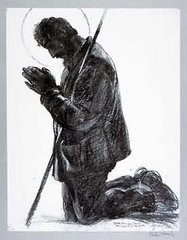
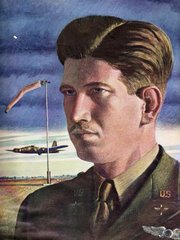

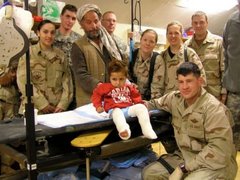
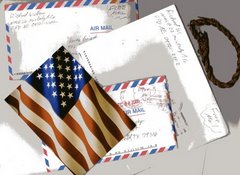

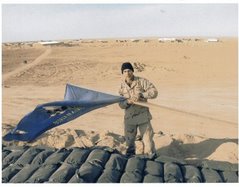


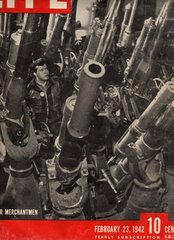


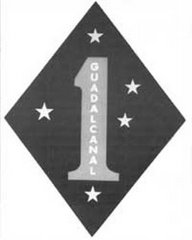
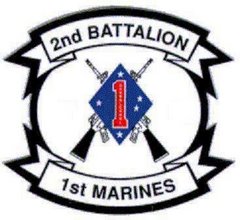




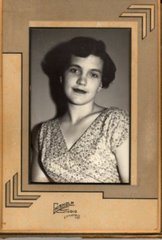

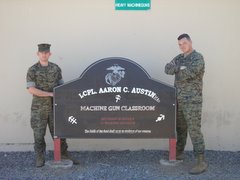

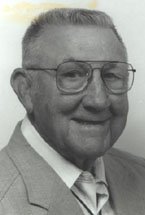

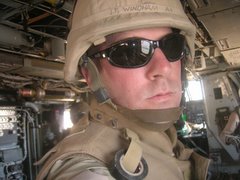
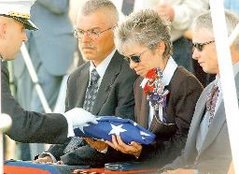


No comments:
Post a Comment